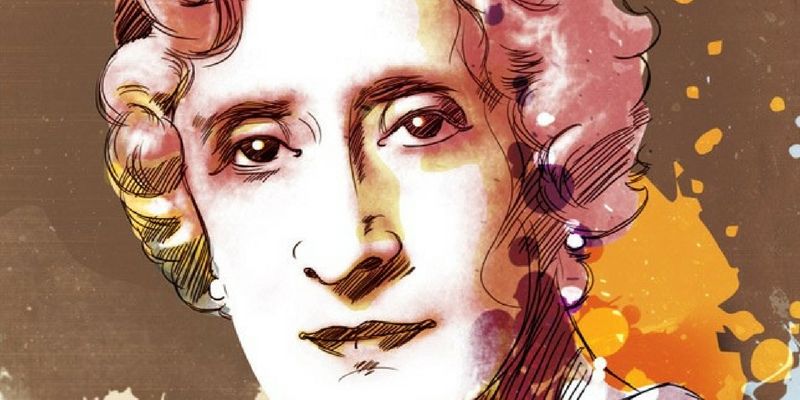Princess in nation's service: India's first health minister Amrit Kaur
'Rajkumari' Amrit Kaur was one of the most prominent personalities in the field of healthcare and social service in the country. Called the ‘princess in her nation’s service’ by the New York Times, she was the first health minister of India.

Appointed as World Health Assembly’s president, Amrit became the first woman and Asian to hold this position. She established the esteemed All India Institute of Medical Sciences (AIIMS), and was also its president.
Amrit provided her service to the Indian government for 10 years, and was a strong follower of Gandhi and his ideologies. Considered a building block of modern India, she was an active participant in the Indian Freedom Movement.
Hailing from Kapurthala in Punjab, Amrit was born into a royal family. She had a mixed heritage as her mother was a Bengali Presbyterian and father an Anglican. She did her schooling at Sherborne School for Girls in Dorset, and held the ‘head girl’ post there.
Being a sportsperson since childhood, she was the captain of the hockey team apart from being a part of cricket and lacrosse team in school. She pursued her college education from Oxford University, after which she returned to India.
Since her father Raja Harnam Singh was closely associated with several members of the Indian National Congress, Amrit was greatly exposed to the freedom movement. She was immensely influenced by it, and even decided to meet Gandhi in 1919 in Mumbai. Though she found it inspiring, it was only after the Jallianwala Bagh Massacre that she got completely involved in the Indian freedom struggle.
Amrit soon became the member of Indian National Congress, and left all her luxuries to become a freedom fighter and social worker. She then started living in Gandhi’s ashram, and also worked as his secretary for 16 years.
She took active part in the Quit India Movement, and was a part of various demonstrations and protests. Amrit was arrested once and sent to the Ambala prison for a month. She worked towards eradication of various evil practices like illiteracy and child marriage.
After India achieved independence, she became the first health minister in India. Being a member of the Constituent Assembly, she played a huge role in drafting the Indian Constitution post independence.
Do you have an interesting story to share? Please write to us at [email protected]. To stay updated with more positive news, please connect with us on Facebook and Twitter.











